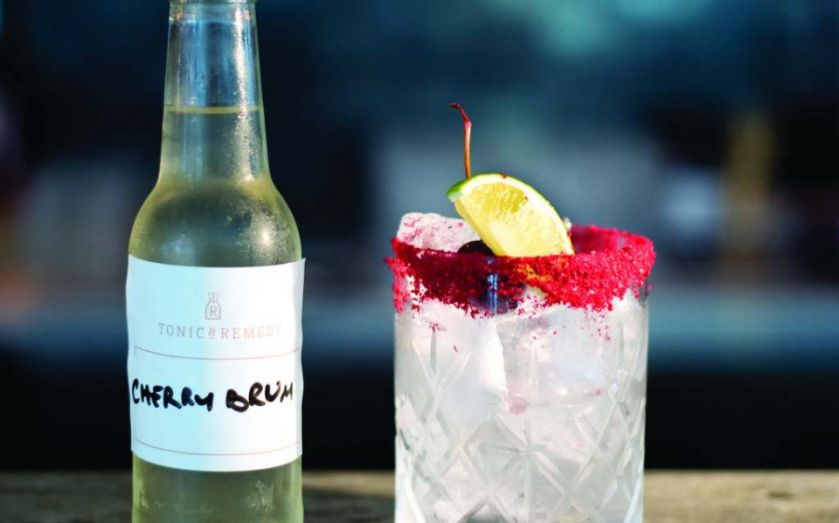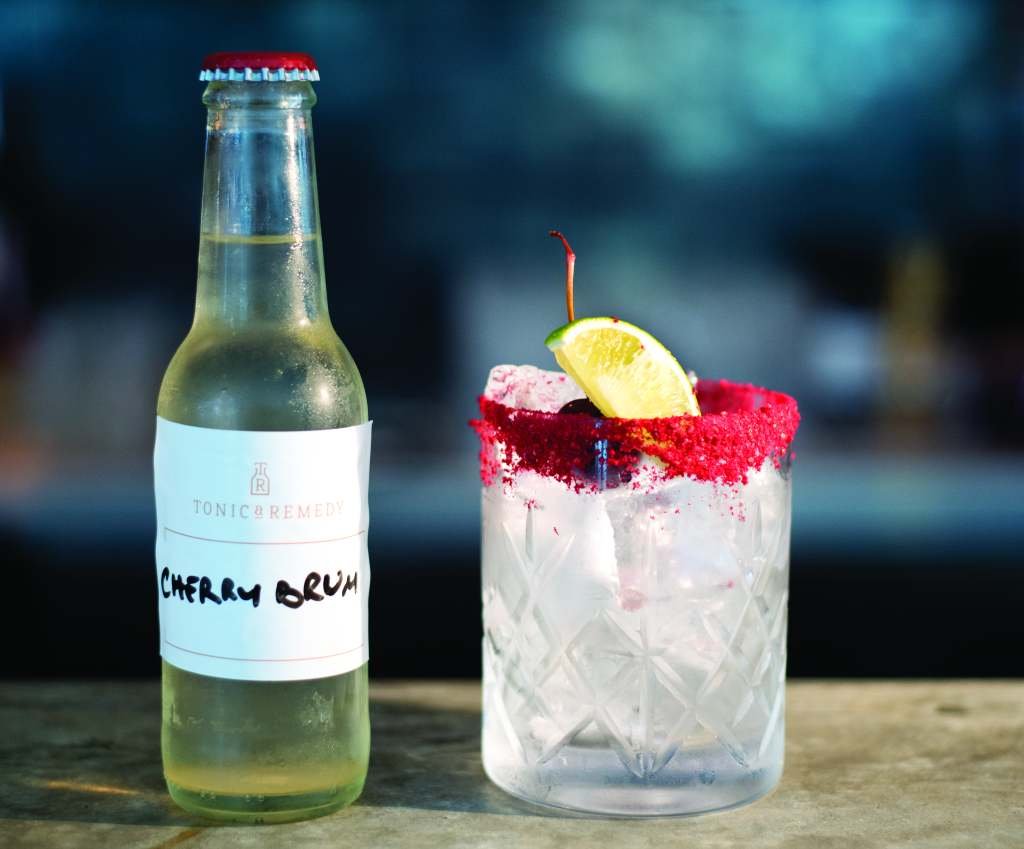Mix it up: The perfect cocktail is a sublime balancing act


The Cherrybrum Cocktail is probably the best rum and cola you’ll ever try
Cocktails are a balance of five flavours: sweet, sour, salty, bitter and umami. A good cocktail is made or lost on the balance between two of them: sweet and sour. The sweet in your cocktail will usually come from sugar syrup, and the sour from acid, the most common of which is citric acid in the form of lemons. When life gives you lemons, make a cocktail.
But the sour in your cocktail is sometimes a little more complicated than a squeeze of citrus, as Jeremy Pascal, head of bars at Tonic & Remedy explained on a recent visit to his well-ordered bar in Hoxton. He has been experimenting with acids for years.
Pascal uses five key acids in his cocktails: citric, malic, tartaric, acetic and lactic. Citric, as most people will know, gives a very clean taste, with an initial hard and fast hit which that fades rather quickly. Malic acid is the primary acid in apples. It gives green apples that sour taste, which lasts longer on the palate than citric acid. Grapes also contain malic acid, but their primary acid is tartaric acid, which tastes, perhaps unsurprisingly, like sour grapes. Acetic acid is found in vinegars – in fact, its name derives from acetum, which is Latin for vinegar – and must be used in small quantities because of its extremely sharp taste. As such, it’s usually blended with heavy sweeteners like honey. Lactic acid is perhaps the most interesting (if that’s what you’re into) because it’s the only acid that comes from fermentation. If Pascal ever quits the bartending business, I would lay a wager that he’d be great at chemistry.
With acids, as with all things alcoholic, the interesting stuff happens in the mix. For example, during the process of making champagne, the wine goes through malolactic fermentation, which cause the malic acid to become lactic. Pascal explains that it’s possible to recreate these acids by mixing malic and lactic acid.
Acetic acids are often mixed with vinegars. The Romans made oxymel: oxidised wines mixed with honey, spices and water for “medicinal” purposes. Pascal uses it in his Patience & Thyme, which is a brilliant twist on the classic Clover Club. In order to be consistent with his acids, Pascal gets them in powder form, adding water to make them easier to mix, measure and keep consistent. This is done with precision – his citric acid solution is made with 94g of water for every six grams of citric acid.
There is much to recommend on the new cocktail list that’s launching, but perhaps the most fun is the Cherrybrum Cocktail. It’s a take on a cherry rum and coke. Everything is made from scratch. The cola syrup with orange, lemon, lime, cinnamon, nutmeg, star anise, dried lavender flowers, ginger, vanilla and citric acid. The rum is Havana Club three-years-old, infused with vanilla, cinnamon, crushed tonka bean, dehydrated orange and lemon wheel, dehydrated ginger, plantain, cloves and pimento berries. The glass is rimmed with dehydrated and blitzed cherries. If Pascal could have found a way to dehydrate the kitchen sink, I’m sure it would also be on tap.
The Cherrybrum Cocktail is probably the best rum and cola you’ll ever try. In fact, under Pascal’s leadership all the cocktails at Tonic & Remedy stand up to Hoxton’s stiff competition.